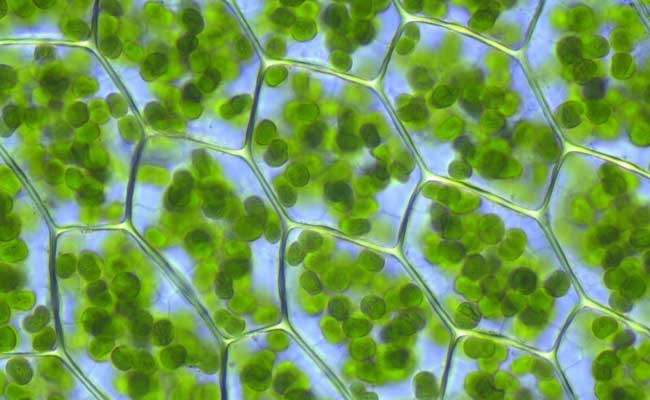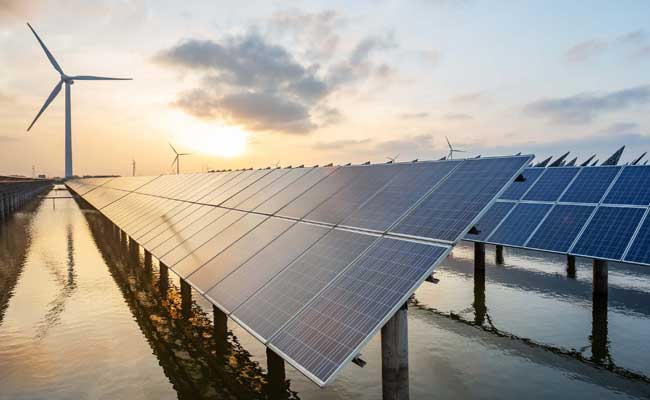Chloroplast: The Engine of Photosynthesis
Chloroplasts are organelles found in plant cells that are responsible for photosynthesis, the process by which plants convert light energy from the sun into chemical energy. These green, oval-shaped structures are the engine of photosynthesis, and without them, life on Earth as we know it would not exist. In this article, we will take a closer look at chloroplasts, their structure and function, and the crucial role they play in the plant world.
The Structure of Chloroplasts
Chloroplasts are double-membrane organelles that are found in the cytoplasm of plant cells. They are surrounded by two membranes, the outer membrane and the inner membrane, with a small space between them called the intermembrane space. Inside the chloroplasts, there is a third membrane system, called the thylakoid membrane, which is folded into stacks called grana. The space inside the thylakoid membrane is called the thylakoid lumen.
Within the chloroplasts, there is a fluid-filled space called the stroma, which contains enzymes, DNA, and ribosomes. The stroma is where the second stage of photosynthesis takes place, called the Calvin cycle, which converts carbon dioxide into sugar using the energy from ATP and NADPH generated in the first stage of photosynthesis.
The Function of Chloroplasts
The main function of chloroplasts is to carry out photosynthesis. Photosynthesis is the process by which plants, algae, and some bacteria convert light energy from the sun into chemical energy in the form of glucose. Chloroplasts are the site of this process, and they contain the pigments that capture the light energy needed for photosynthesis to occur.
Chloroplasts contain two main pigments: chlorophyll a and chlorophyll b. These pigments absorb light energy from the sun, which is used to power the photosynthetic process. Chlorophyll a absorbs light in the red and blue-violet parts of the spectrum, while chlorophyll b absorbs light in the blue and orange parts of the spectrum.
When light energy is absorbed by chlorophyll, it is used to split water molecules into hydrogen ions and oxygen. The hydrogen ions are then used to create a gradient across the thylakoid membrane, which powers the synthesis of ATP, the energy currency of cells. The oxygen produced during photosynthesis is released into the atmosphere as a byproduct.
The Importance of Chloroplasts
Chloroplasts are essential for life on Earth. They are responsible for producing the oxygen we breathe and for providing the energy that fuels all living organisms. Without photosynthesis, plants would not be able to produce the glucose that they need for growth and metabolism, and the entire food chain would collapse.
Chloroplasts are also important in regulating the Earth’s climate. Through the process of photosynthesis, they remove carbon dioxide from the atmosphere and convert it into organic matter, which is stored in plant tissues. This helps to reduce the amount of carbon dioxide in the atmosphere, which is a greenhouse gas that contributes to global warming.
Furthermore, chloroplasts play a crucial role in agriculture. Through selective breeding and genetic engineering, scientists have been able to improve the efficiency of photosynthesis in crops, leading to higher yields and more sustainable agriculture.
Conclusion
Chloroplasts are the engine of photosynthesis, the process by which plants convert light energy from the sun into chemical energy in the form of glucose. These green, oval-shaped structures are found in the cytoplasm of plant cells and are responsible for producing the oxygen we breathe and for providing the energy that fuels all living organisms.
![]()





